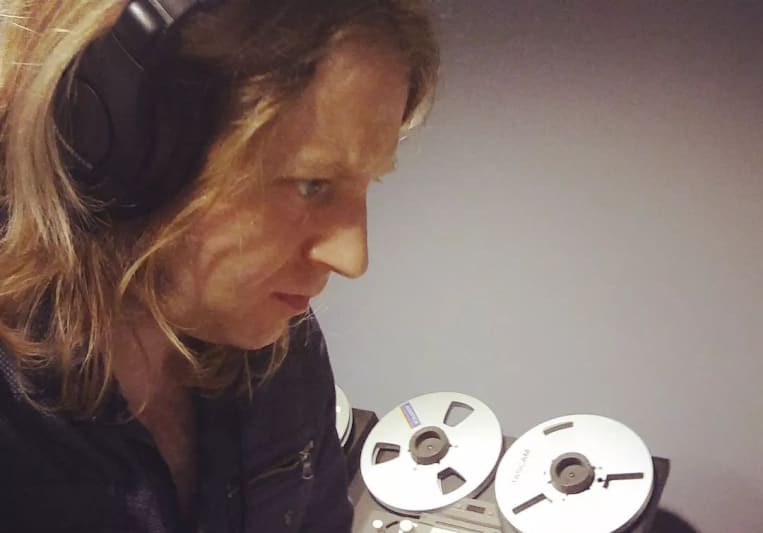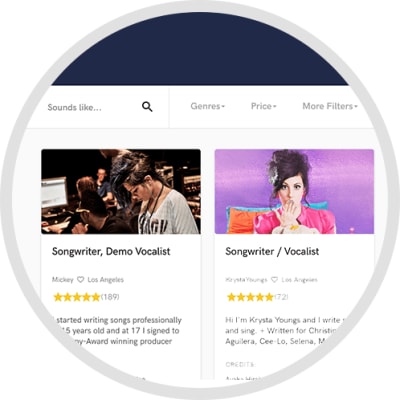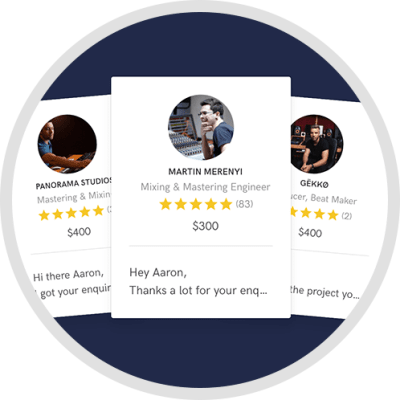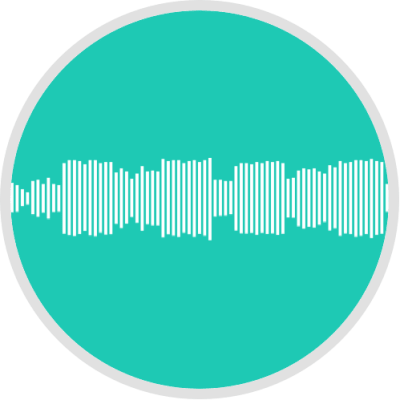
I aim to deliver compelling mixes that will move your audience and exceed expectations 🎵
I invite you to take a look into the process of mixing your music, please contact me if you would like to hear a sample of the mixing process. A lot goes into the process of creating a compelling mix that translates at different volume levels and in all the different listening environments that a listener can play your song in.
I got into recording out of necessity but found I enjoyed it more and more as I got into it. The creation of this studio has been over a 10 year venture before I even started offering services for hire.
Technology and music has always moved together, but there are some aspects of the classic ways of recording that still sound very good and created vibes that people long for today.
I embrace the classic ways, while taking a modern approach to mixing the music (c'mon you are sending the files digitally). You can get the warmth and mojo of the classic gear, but with the ability to tightly manipulate the sound (if needed) to make the mix as refined as needed.
My studio is unique in that it centers around a Helios Console. We use RADAR Converters, and our outboard gear collection is continuously growing. A lot has been put into this studio to be able to deliver you an amazing mix that breathes in all three dimensions.
In in the end, it is all about the ears!
Please read our FAQ to read more about the studio, gear, and everything else we do.
I'd love to hear about your project. Click the 'Contact' button above to get in touch.
Interview with Musicland Mobile Mixing
Q: What are you working on at the moment?
A: We are taking this studio from mixing only (we are doing occasional tracking) to full mobile tracking. There are some other hefty costs involved to get to that next step, so we are looking for a project or two that will be utlizing the studio for enough days to help get us the push we need to get that in motion. That is probably the big project. There are still smaller projects always going on.
Q: Analog or digital and why?
A: A-N-A-L-O-G. Let me ask you, have you ever had a computer crash, a plugin conflict or stop working? How about trying to recover a 10 year old session? (hopefully you know to hold onto your stems). Analog is more robust. Yes there are things that can still go wrong in analog, and there are some very effective things that digital can do (like us working remotely). Analog is like the cave paintings that can be found and read, digital has yet to come up with a concrete storage solution that does not require re-archiving. Lesson of the day: all those photos you take with your camera - make sure you get prints of your favorite ones.
Q: What's your 'promise' to your clients?
A: My job is for you to be satisfied with the mix. And that is what I seek to do.
Q: What was your career path? How long have you been doing this?
A: I have always been a musician. Getting into recording actually started as a way to help other musicians. Basically I would hear other professional studio recordings for bands and they just seemed to not hit the spot for me. So I started collecting equipment to what I would expect a studio to have, and mixing is a way that I was able to help musicians make better records.
Q: How would you describe your style?
A: My biggest concern is the natural sound: where was it recorded, how does that space and the performance interact and what kind of impact it makes. Then I like to embellish certain aspects of the recording to make things poke out that I like about the recording. If the natural recording has too much going on (like a band recorded together with too much bleed) or if it wasn't recorded well then it becomes a job of trying to refine things as best as you can. From there I like the idea of introducing something supernatural about the recording; could be a unexpected pan on a guitar part across the stereo spectrum or some trippy ambiance. This is all just example. too much of doing trippy wild things makes them less wild. Each song will have it's own need. But if I can find way to make certain elements be a little supernatural in a way that works with the song, that is always cool.
Q: What's your strongest skill?
A: To mix music you need to have the desire to produce a finished result that meets or exceeds your expectations, fulfills your opinion of good taste, while meeting your clients sound goals. That is something that comes over time, with a lot of reflection of what does and does not work during recording or mixing. There is also a creative side to it to, like getting an idea in your head to try something spontaneous! I feel that is the way I approach every project, and what I have also learned on the "what does or does not work" is that there is fine balance that must be kept to avoid doing too much or even doing too little. Just because there might be a wall of compressors doesn't mean they all need to be used. At the same time, you need to be confident enough to try something and tell yourself "yeah that sounds better, and helps the song." You have to be mindful of the artists vision. Sometimes you can take a chance and the artist will love something you do. Mixing is definitely as much engineering as it is being creative and artistic.
Q: Tell us about your studio setup.
A: As stated we have the Helios Console. Helios dominated the UK/European recording studios during the 70s and artists from Led Zeppelin to Donna Summers to Bob Marley had nearly their entire catalogue recorded on these. Music is always changing and so is technology, so we combine both modern and classic approaches in mixing. I like the traditional hands-on approach a lot, so I try to use the strengths of that to my advantage. We had a choice of going full analog with a 24 track tape machine or getting a 24 track RADAR, they both cost about the same and the budget only allowed for one. We chose the RADAR for what should seem like obvious reasons. The RADAR can work much like a tape machine, in the hands on approach, but it also boots up into your favorite DAW, so Pro Tools or Studio One or Logic, all those software are available, and you can easily route tracks out to the console and back in the DAW. The biggest feature I like with RADAR is the RADAR Mode for tracking, and working on a song in an organic fashion. If I need to do hardcore edits, I can move the song into the DAW with little trouble. Now outboard gear and mics. We have enough compressors to throw one or two on nearly all the channels on the mixing console - but that's not in good practice. An 1176 is an industry favorite, we have a pair of Stam Audios and a pair of Audioscape, so that's four 1176 style compressors.. LA2a, and LA3a are another favorite, easy to use and effectice - again we have four of those style from Stam Audio. We have Stam's SSL style compressors, and there are a pair of those. Plus we got some other compressors. We also have Stam Audio Tube Condensors SA47, SA67, aswell as vintage mics like the AGK D12, AGK D224, Unidyne 545, and some newer mics like Oktava ML52s, and of course your SM57/58s. It's enough to record a full band if we wanted to. We are investing back into the business, as things continue we will be adding more gear to help make awesome recordings.

I was the editor/restoration and mastering engineer in this production
- Mixing EngineerAverage price - $150 per song
- Mastering EngineerAverage price - $70 per song
- ProducerAverage price - $700 per song
- Recording StudioContact for pricing
Mixing: Three revisions are standard. Does not include editing: comping, pitch/time correction, etc. Additional mixes available (music only, just vocals, etc) at $20/mix.
- Helios Console
- RADAR Studio
- Stam Audio
- Audioscape
- too many compressors



